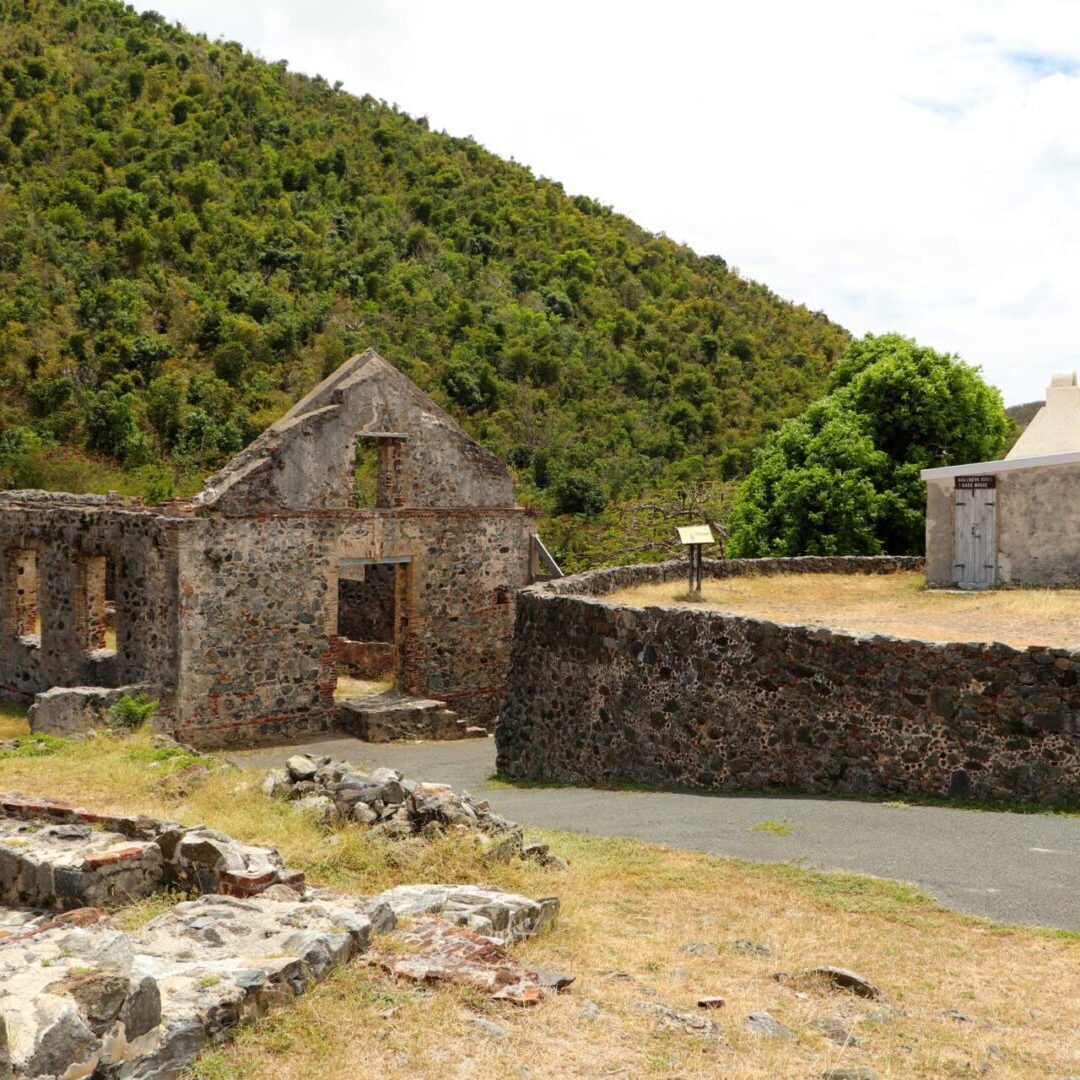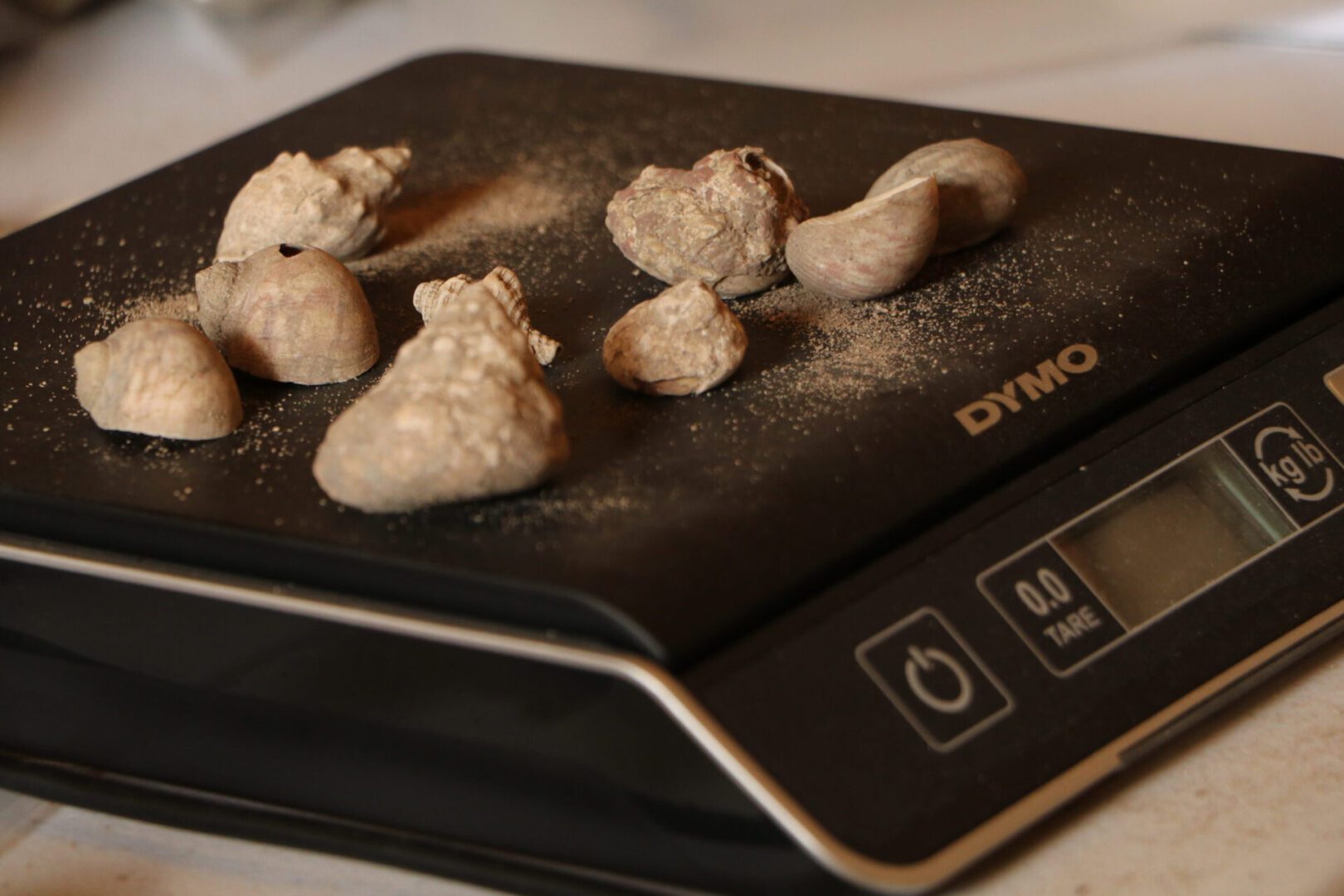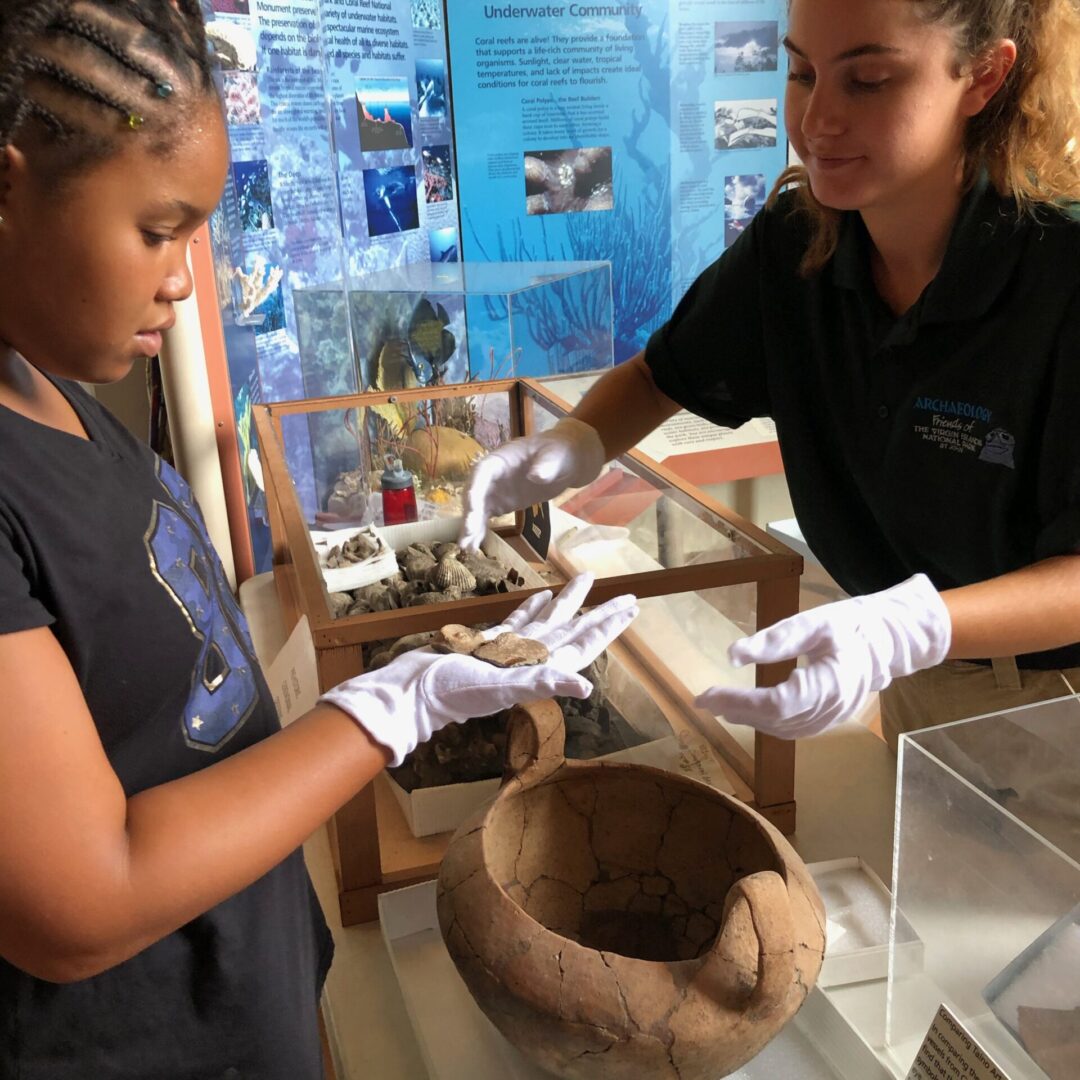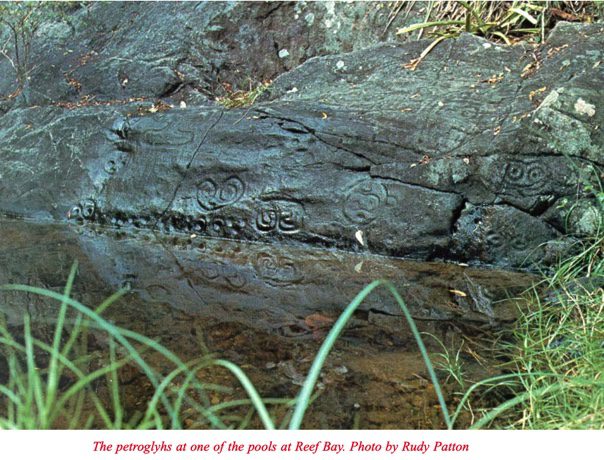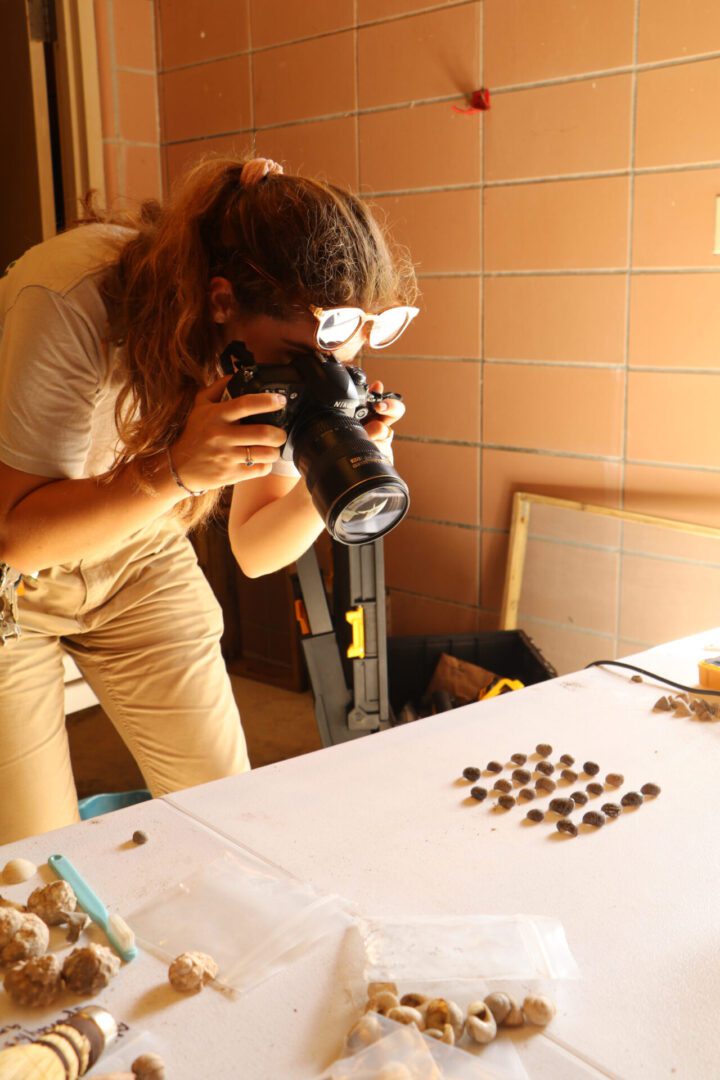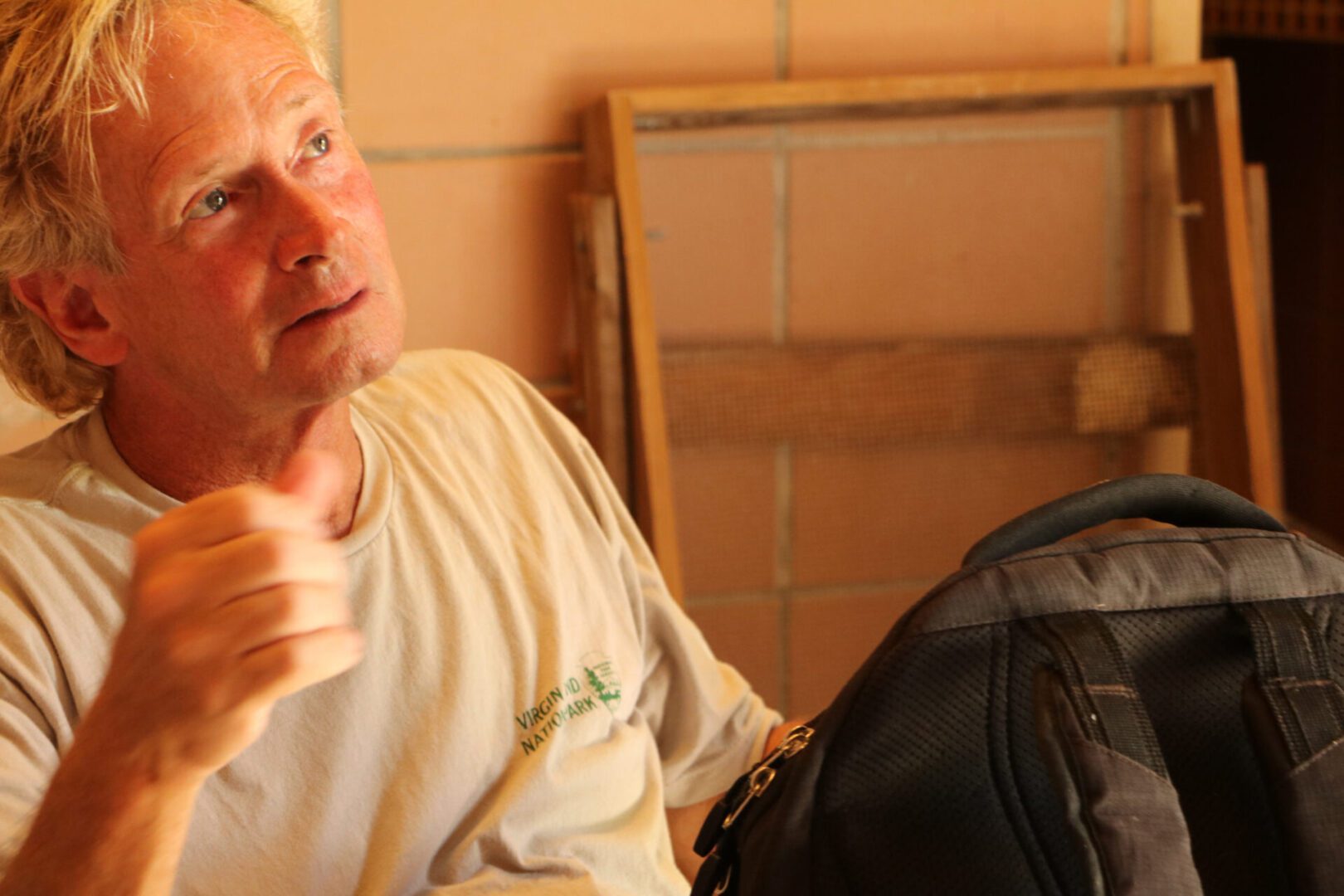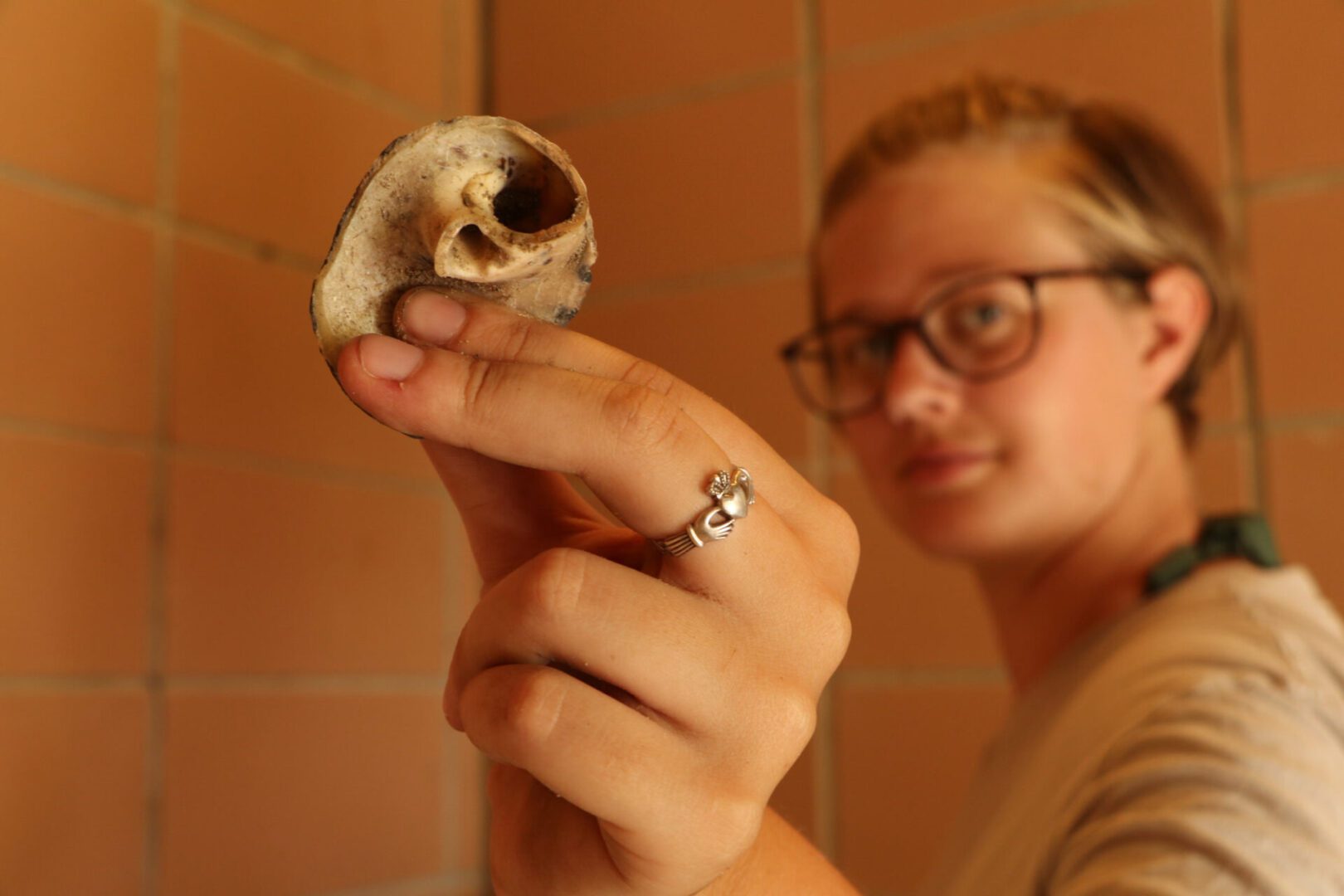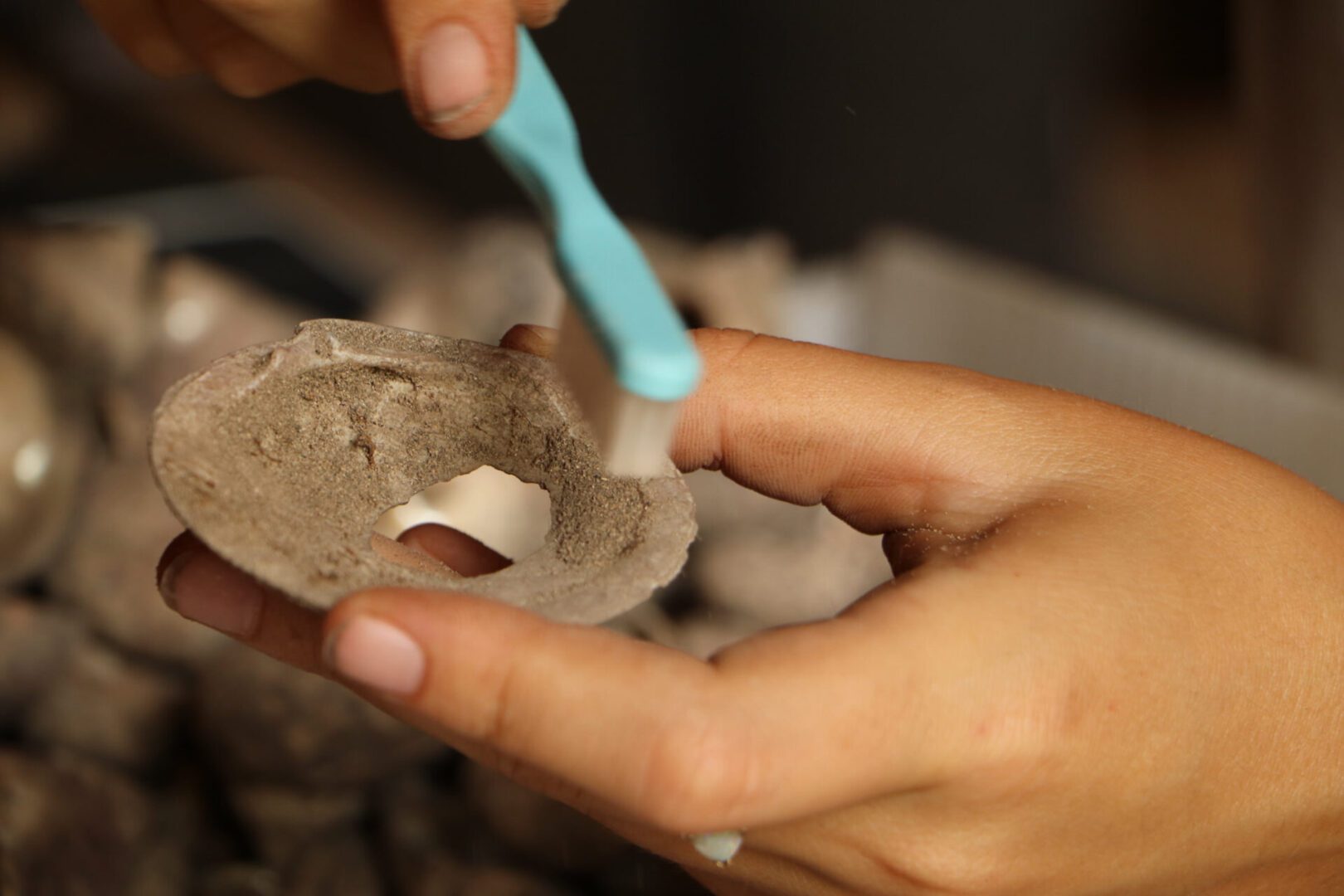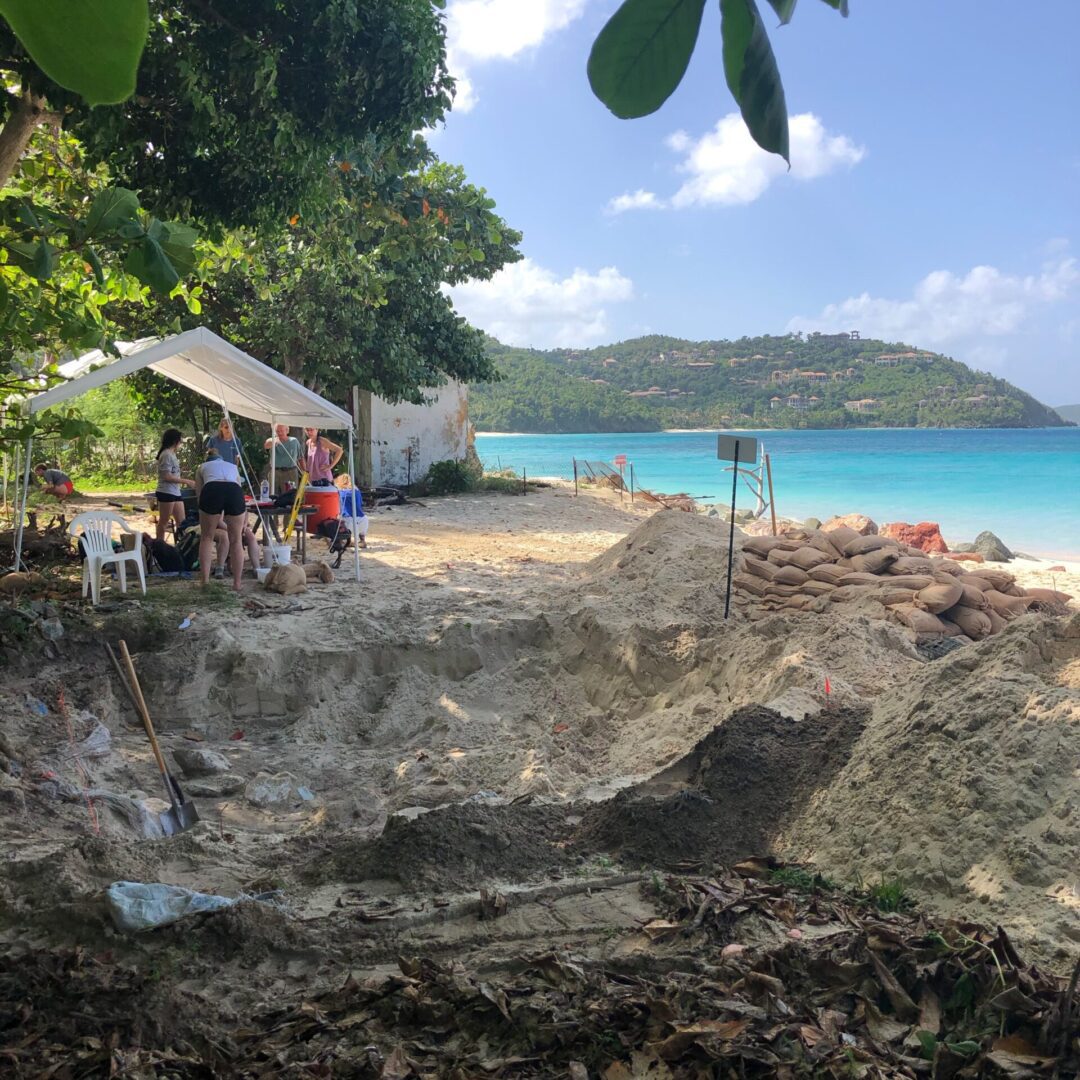

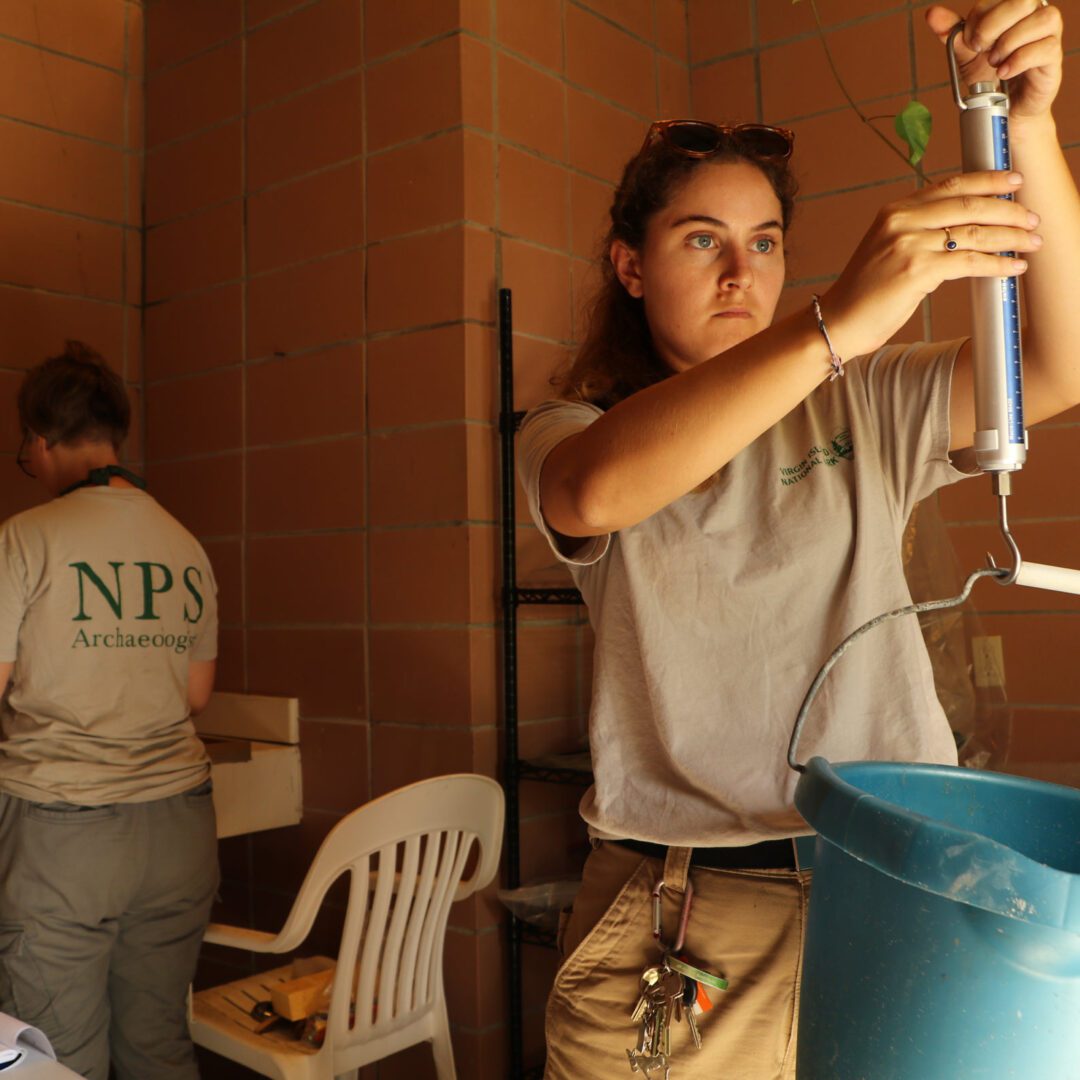
Originally, the Virgin Islands National Park was established for its natural beauty and recreational resources. Since then, the Park Service has become aware of the rich cultural resources in the Park. The Virgin Islands National Park's management plans today reflect these significant cultural resources that collectively preserve a comprehensive picture of the Caribbean’s human heritage and development from prehistory to the present, on land and underwater.
Significant prehistoric sites are present on almost every beach and in every bay. These archeological sites date from as early as 840 BC to the arrival of Columbus. Only two prehistoric sites have been investigated in the Park: Cinnamon Bay and Trunk Bay. These sites have given us a greater understanding of the region’s prehistory and the religious and social development of the Taino culture. In addition, they have dramatically increased our understanding of the ancient rock art that is found throughout the Caribbean islands. We now know when Caribbean rock art was carved, why they were carved in these specific areas, (such as the petroglyphs found at Reef Bay), their purpose, religious meaning, and how they reflect cultural development.
The Friends supports and funds the Park's archaeology projects, including the placement of interns to assist the Park Archaeologist. The interns concentrate on archeological research, and assessment of archaeological sites. This includes washing artifacts, creating technical drawings, attribute analysis, databases, vessel reconstruction, and field work to assess and monitor sites.
Understanding Petroglyphs
Cinnamon Bay Dig
Read about some exciting recent findings at Cinnamon Bay in this article in The Source: Taino Today, Part 4: Recent Discoveries at Cinnamon Bay Show Presence of Early Indigenous Culture.


